
Article Overview: National Park Of American Samoa Facts
National Park of American Samoa facts range from being the only national park unit south of the equator and being the least visited national park of all 63. In fact, you’ll only need a passport for one national park and it’s this one.
The National Park of American Samoa is a United States National Park located in the territory of American Samoa in the South Pacific. If you think Hawaii is far away, this park sits eight hours south/southwest of the Hawaiian islands.
The park covers 9,100 acres, 30% of which is underwater. Coral reefs, rainforests, and volcanic mountains cover this pristine land and sea.
The park is also home to the Samoan culture, with many village sites and cultural artifacts found within its borders. You won’t be visiting another national park; you’ll be immersing yourself in a whole new culture.
I’ve been to so many of these amazing places since retiring from teaching in 2018. I spent a lifetime teaching the history behind some of these natural wonders. Then I got to see them firsthand. And now I’m sharing some of the incredible stories about these beautiful places with you.
Let’s get started with a Talofa (Hello) and Afio Mai (Welcome).
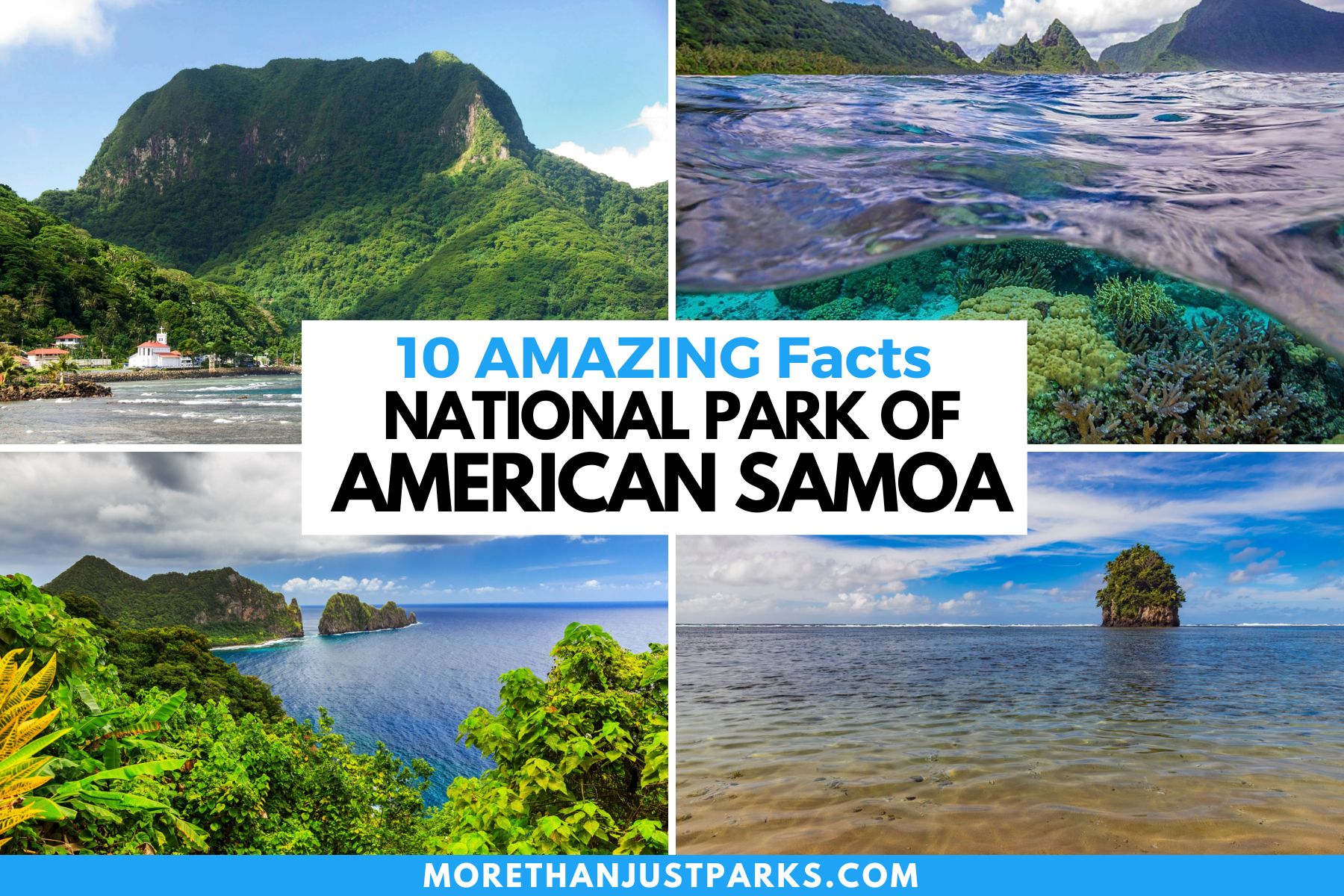
Table Of Contents: National Park Of American Samoa Facts
National Park Of American Samoa Facts
- Map Of American Samoa
- National Park Of American Samoa Facts
- 1. It Is The Only National Park In The United States Located South Of The Equator
- 2. The Park Covers A Total Of 9,100 Acres, Which Includes Both Land and Marine Environments
- 3. The Park Is Home To Over 1,000 Fish Species, 180 Bird Species and Over 100 Fern Species
- 4. The Park Is Made Up Of 3 Islands: Tutuila, Ofu, and Ta’ū
- 5. The Park Is Home To The Samoan Culture
- 6. It’s A Popular Destination For Snorkeling
- 7. The Park Is Also Home To Many Hiking Trails
- 8. There Are Several Endangered Species At The Park
- 9. It’s Located In A Tropical Rainforest
- 10. The Park Is Co-Managed By The National Park Service & Local Government Of American Samoa
- Pin National Park of American Samoa Facts
- Meet The Parks Brothers
- We Hope You’ll Follow Our Journey
- Helpful Articles
Map Of American Samoa
National Park Of American Samoa Facts
1. It Is The Only National Park In The United States Located South Of The Equator
If you’re looking for a national park experience like no other then how about a park that’s south of the equator? One of the most well-known facts about the National Park of American Samoa is that it is the only national park in the United States that is located south of the equator.
American Samoa is in the South Pacific Ocean between the Equator and the Tropic of Capricorn. In simpler terms, draw a lopsided triangle from Hawaii to Fiji to French Polynesia and back to Hawaii. American Samoa is in the middle, closest to Fiji. And by “close,” I mean 1200 miles.
Temperatures are warm or hot year-round (high 70s to low 90s F) with high humidity and rain showers which are frequent.
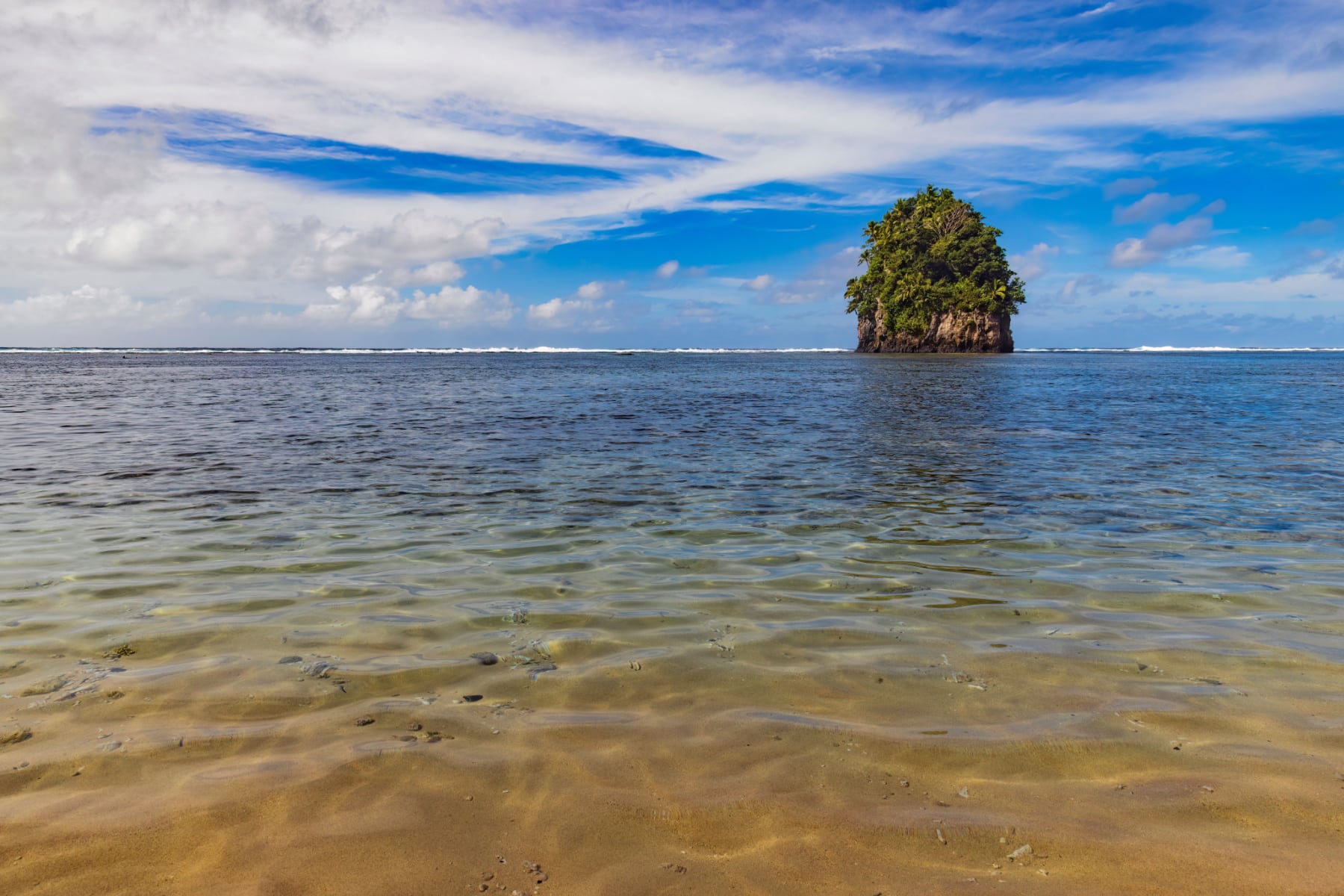
2. The Park Covers A Total Of 9,100 Acres, Which Includes Both Land and Marine Environments
Another National Park Of American Samoa Fact which sets this park apart is that the park covers a total of 9,000 acres, which includes both land and marine environments.
What you will discover there are secluded villages, rare plants and animals, coral sand beaches, and vistas of land and sea. The islands of American Samoa rise thousands of feet from the Pacific Ocean floor as a series of broad shield volcanoes.
These volcanoes formed as the Pacific plate moved over a stationary hot spot deep in the earth.

3. The Park Is Home To Over 1,000 Fish Species, 180 Bird Species and Over 100 Fern Species
If you love watching the flora and fauna then add to that a tropical environment and our next National Park Of American Samoa Fact will make you want to book your airline reservation.
The park is home to over 1,000 species of fish, 180 species of birds, and over 100 species of ferns.
As a matter of fact, the surrounding waters are filled with a diversity of marine life including sea turtles, humpback whales, over 950 species of fish, and over 250 coral species.
And, if you’re looking for a diverse array of wildlife then you can expect to discover the following at this incredible park:
- Fruit Bats
- Whales
- Mollusks
- Corals
- Fishes
- Land Mammals

Experience Animal Life That’s Unique Among U.S. National Parks
Several unique and endangered species call the park home, such as the Samoan fruit bat, the Samoan flying fox, and the Pacific sheath-tailed bat.
The park also serves as an important nesting and breeding ground for several species of sea turtles, including the hawksbill and green sea turtle.
Its waters include a variety of dolphins and whales, including the humpback whale, which can be seen in the park during the annual migration.
The park’s diverse habitats, including rainforests, coral reefs, and marine environments, make it an important sanctuary for a wide range of plant and animal species, many of which are found nowhere else in the world.
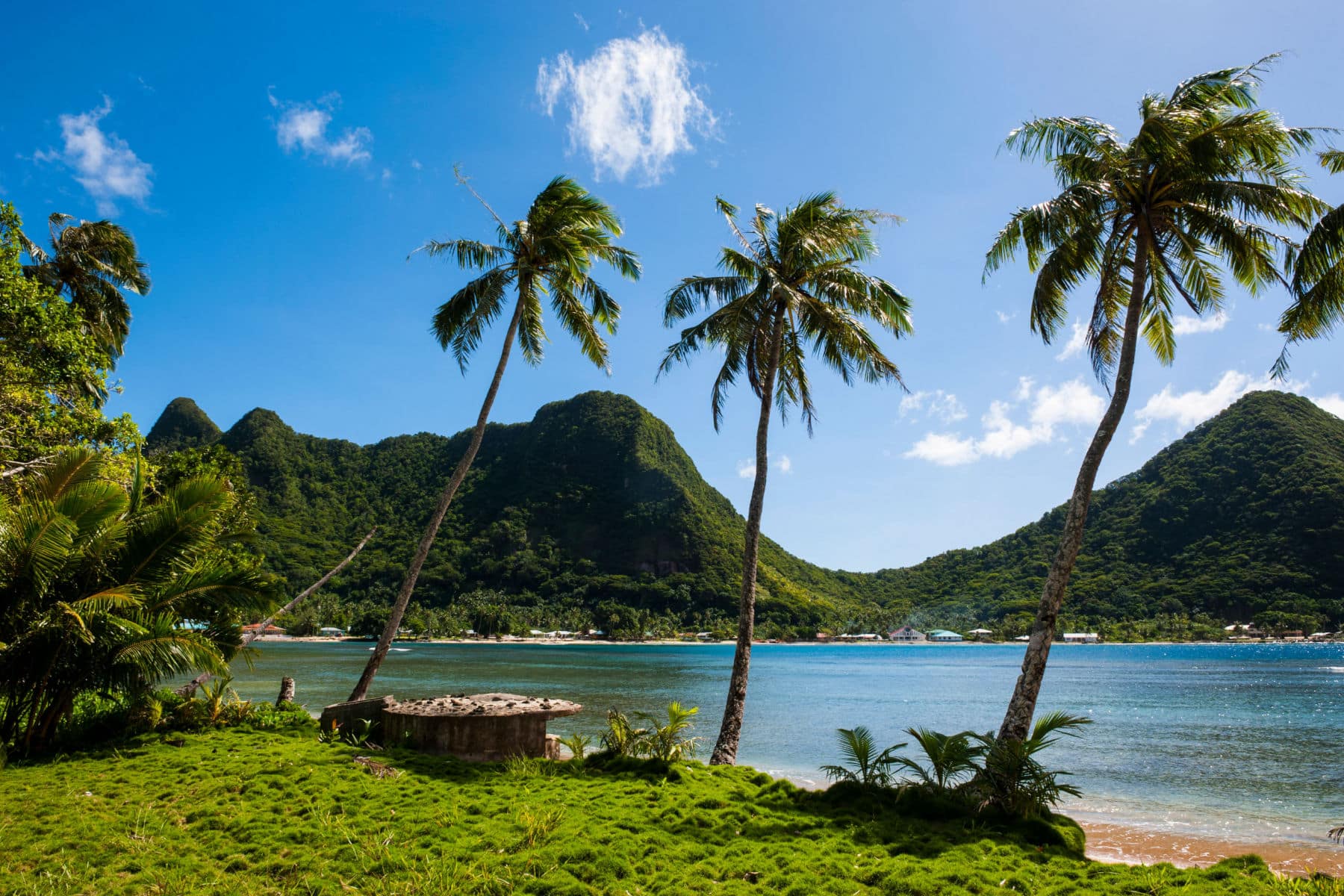
4. The Park Is Made Up Of 3 Islands: Tutuila, Ofu, and Ta’ū
One of my favorite National Park Of American Samoa facts pertains to the unique geography of this amazing park.
The park comprises three islands: Tutuila, Ofu, and Ta’ū. Almost all of the land area of these volcanic islands—from the mountaintops to the coast—is tropical rainforest.
- Tutuila: The airport, main entrance to the park, and visitors center is located here.
- Ofu: Some of the most pristine waters in the world await, with snorkeling being beyond epic.
- Ta’u: Record-setting sea cliffs await on the smallest and most remote island.
Ta’u, Ofu, and the bridge-connected island of Olosega are collectively known as the Manu’a islands.
About 2,800 acres of the national park are underwater, offshore from all three of the islands.
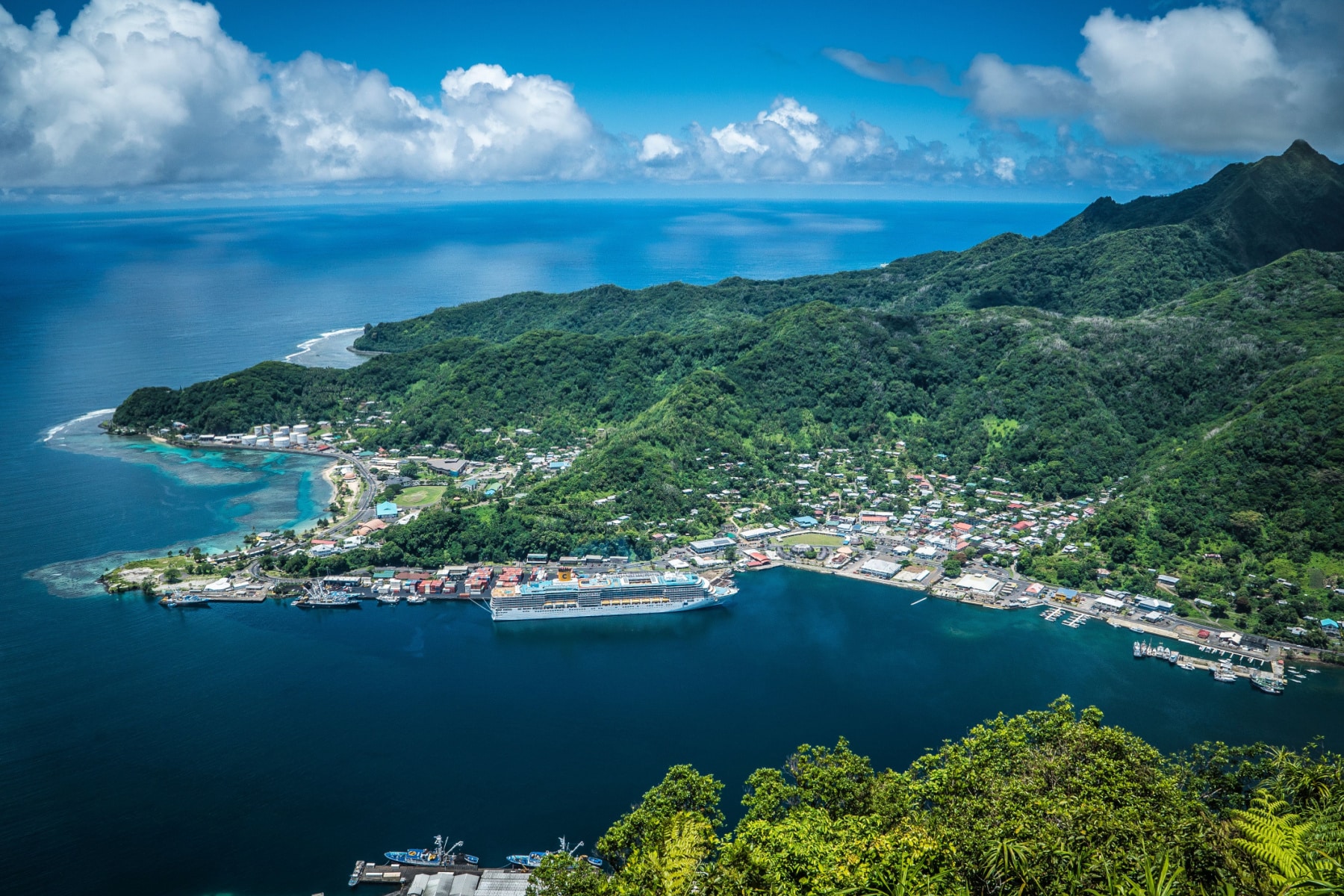
5. The Park Is Home To The Samoan Culture
The park is home to the Samoan culture, with many village sites and cultural artifacts found within its borders.
Samoan culture is the traditional culture of the Samoan Islands. It’s centered around the Fa’a Samoa, which translates to “the Samoan way.”
Samoan culture is based on a strong sense of community and family. Families are extended, with multiple generations often living close by.
Visitors should respect this way of life and will be expected to adhere to certain etiquette, especially when visiting places outside the national park boundaries.
- Sunday is a day of rest. Even going to the beach might not be allowed in certain villages.
- Ask for permission to take photographs. Even if you’re taking a photo from afar, it’s impolite to do so without asking.
- No food or drinks while walking through a village. This signals disrespect and selfishness.
- Villagers pray nightly at dusk. Give them space and respect. Feel free to join in, but you are not obligated to.

A Culture That’s Rich & Vibrant
Samoan culture places a strong emphasis on respect for elders and traditional leaders, who are usually men. However, women can be leaders in the cultural hierarchy.
The fa’amatai is a system of governance based on traditional customs and practices. It’s an important aspect of Samoan culture.
This system is made up of several levels of chiefdoms, with the highest level being that of the matai or chief.
The culture garners immense respect from the U.S. Government, as another unique National Park of American Samoa fact is that the Interior Department leases the land for the park. It’s still owned by the local villages.

6. It’s A Popular Destination For Snorkeling
If you enjoy aquatic activities then this will be your favorite of all the National Park Of American Samoa facts.
The park is a popular destination for snorkeling, with more than 950 species of fish and 250 species of corals to explore. Ofu has some of the best snorkeling waters in American Samoa.
To travel to Ofu, you fly to the island of Ta’u and then hire a local fisherman to take you across in a boat. It’s not an easy boat ride if you’re prone to seasickness.
Only air tanks are available for rent on Ofu. Pack snorkel gear and bring it with you.

7. The Park Is Also Home To Many Hiking Trails
The National Park Of American Samoa is home to many hiking trails, including the Tafuna Ridge Trail which offers panoramic views of the surrounding islands.
The park offers a variety of hikes for all abilities. Visitors will enjoy experiences that include tropical rainforests, beach walks, and steep panoramic vistas. Most hikes reside on Tutuila, with just one easy trail, seven moderate trails, and two strenuous options.
Whether you need solitude, wildlife sightings, or are interested in history and culture, there is a hike for all interests. Military enthusiasts should check out the World War II Heritage Trail.

8. There Are Several Endangered Species At The Park
One of the lesser-known National Park Of American Samoa Facts concerns endangered species.
The park is home to several endangered species, including the Samoan fruit bat and the Samoan woodpecker.
It’s not only species that are endangered at the park, however. Invasive alien plants and animals threaten the native rainforest ecosystems on all the islands.
Koster’s curse, Clidemia hirta, and mile-a-minute vine are immediate threats whenever the forest canopy faces human impacts or cyclones (what we call hurricanes in the Northern Hemisphere).

9. It’s Located In A Tropical Rainforest
While it’s a tropical paradise, one of the certain National Park of American Samoa facts is that it will be hot and humid due to its location in a tropical rainforest, with an average annual temperature of 82 degrees Fahrenheit.
The average annual rainfall in the drier portions of the island is 125 inches to as much as 300 inches in the highest mountains. Tropical storms are more prevalent during the rainy season (November to May).

10. The Park Is Co-Managed By The National Park Service & Local Government Of American Samoa
Our final National Park Of American Samoa Fact pertains to the unusual management arrangement governing this national park.
The park is co-managed by the National Park Service and the local government of American Samoa.
As noted above, the National Park Service (NPS) does not own the land in the National Park of American Samoa because of the traditional communal land system in place on the islands.
Due to cultural sensitivities and respect for Fa’a Samoa, the U.S. government opted for a lease arrangement instead of purchasing the land outright. This arrangement allows the NPS to manage the park for conservation and public enjoyment while respecting the traditional land ownership rights of the Samoan people.
What you need to know is that the friendly and professional staff, which you have come to expect at all of America’s national parks will be available to answer your questions and address concerns.
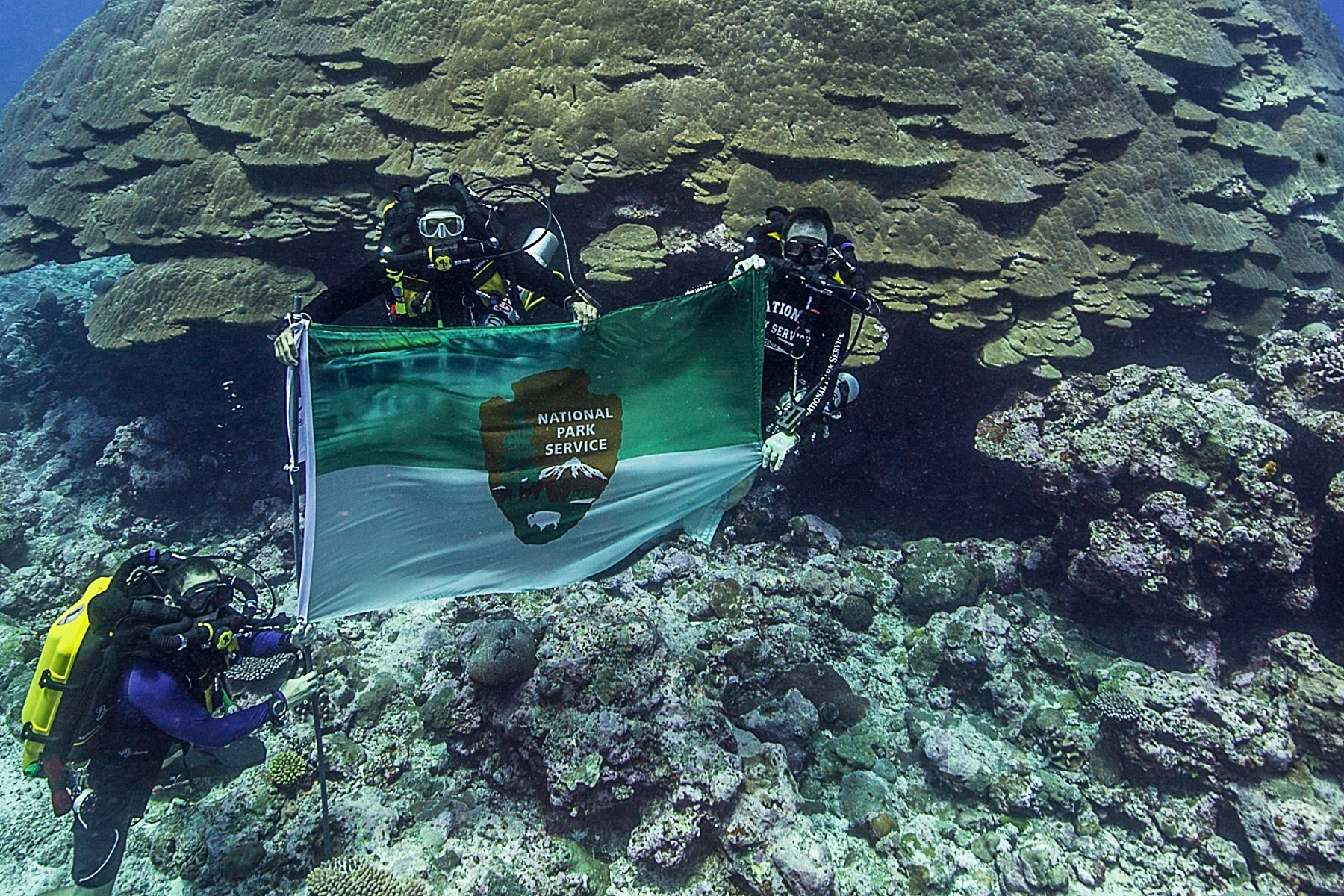
Pin National Park of American Samoa Facts


Why Trust Us About the National Park Of American Samoa?
We’re Jim Pattiz and Will Pattiz, collectively known as the Pattiz Brothers (and sometimes the Parks Brothers) and we LOVE the national parks.
We’ve worked with the National Park Service, the Department of Interior, the USDA, and the U.S. Forest Service for years creating films on important places and issues. Our work has been featured in leading publications all over the world and even some people outside of our immediate family call us experts on the national parks.

Meet The Parks Brothers
List Of National Park Of American Samoa Facts
- It Is The Only National Park In The United States Located South Of The Equator
- The Park Covers A Total Of 9,000 Acres, Which Includes Both Land & Marine Environments
- The Park Is Home To Over 1,000 Species Of Fish, 180 Species Of Birds & Over 100 Species Of Ferns
- The Park Is Made Up Of 3 Islands: Tutuila, Ofu, and Ta’ū
- The Park Is Home To The Samoan Culture
- It’s A Popular Destination For Snorkeling
- The Park Is Also Home To Many Hiking Trails
- There Are Several Endangered Species At The Park
- It’s Located In A Tropical Rainforest
- The Park Is Co-Managed By The National Park Service & Local Government Of American Samoa
We Hope You’ll Follow Our Journey

Our goal here at More Than Just Parks is to share the beauty of America’s national parks and public lands through stunning short films in an effort to get Americans and the world to see the true value of land conservation.
We hope you’ll follow our journey through the parks and help us to keep them the incredible places that they are. If you’re interested in joining the adventure, sign up below!
Helpful Articles
National Parks: All 63 National Parks Ranked By Experts
National Monuments: Ultimate List Of National Monuments
Landmarks: 25 Famous Bucket List Landmarks In America (MUST-SEE)
Park Rangers: A Brief (& Informative) History Of America’s National Park Rangers
Gifts: 50 BEST National Park Gifts For The National Park Fan In Your Life
Books: 45 BEST National Parks Books
Revolutionary War Sites: 10 BEST Revolutionary War Sites In America
Civil War Sites: 10 BEST Civil War Sites In America
Civil Rights Sites: 10 BEST Civil Rights Sites In America
National Parks In Movies: Look Familiar? 25+ CLASSIC Movies Filmed In The National Parks
Television Shows: Look Familiar? 10+ CLASSIC Television Shows Filmed In The National Parks

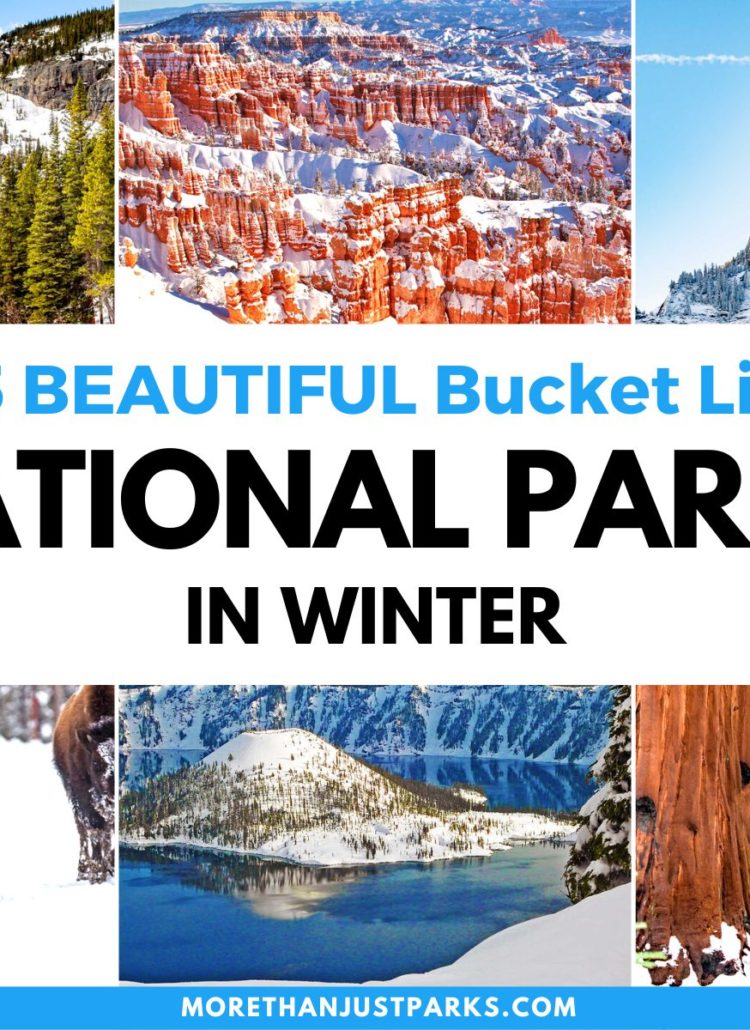

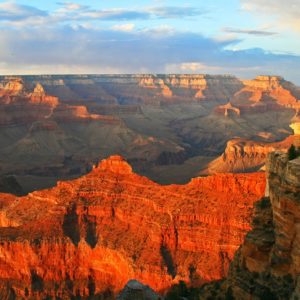

Leave a Reply